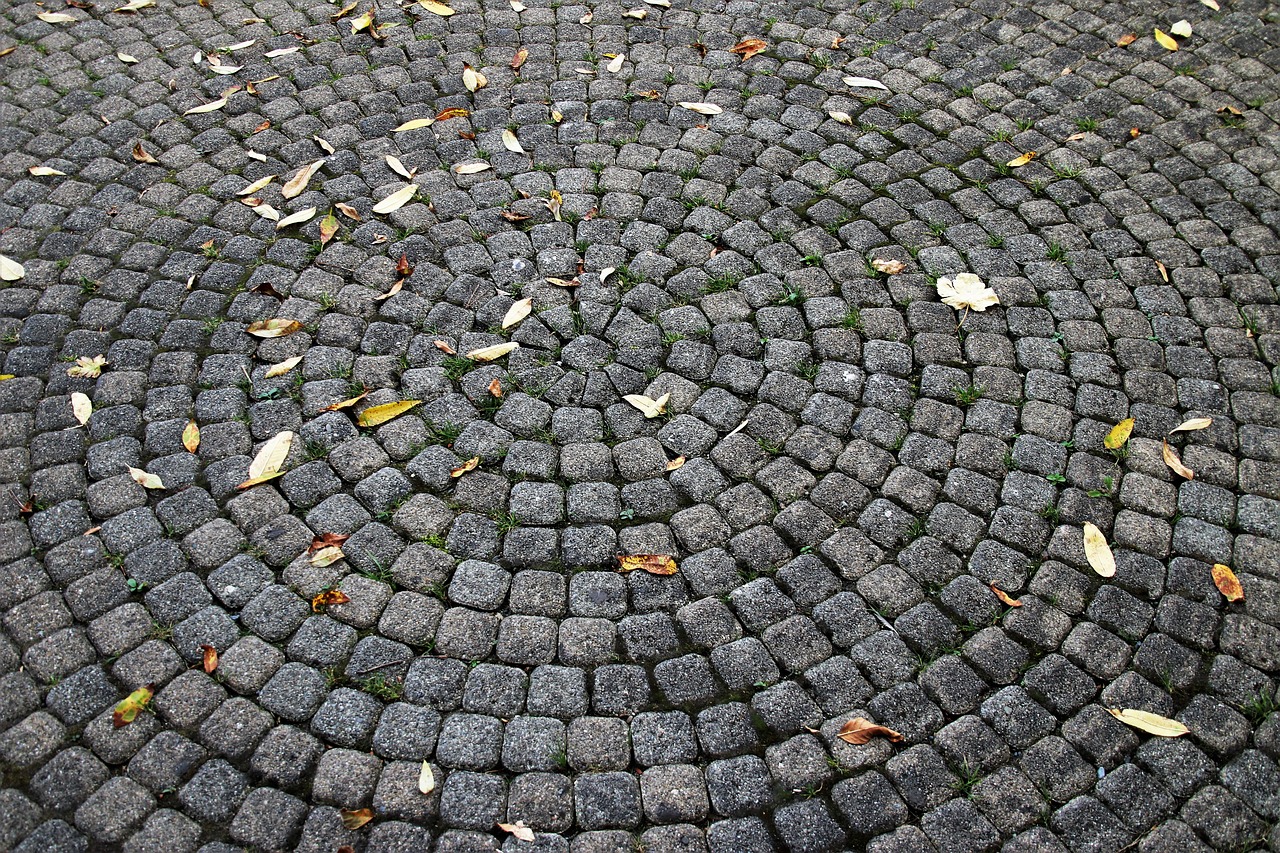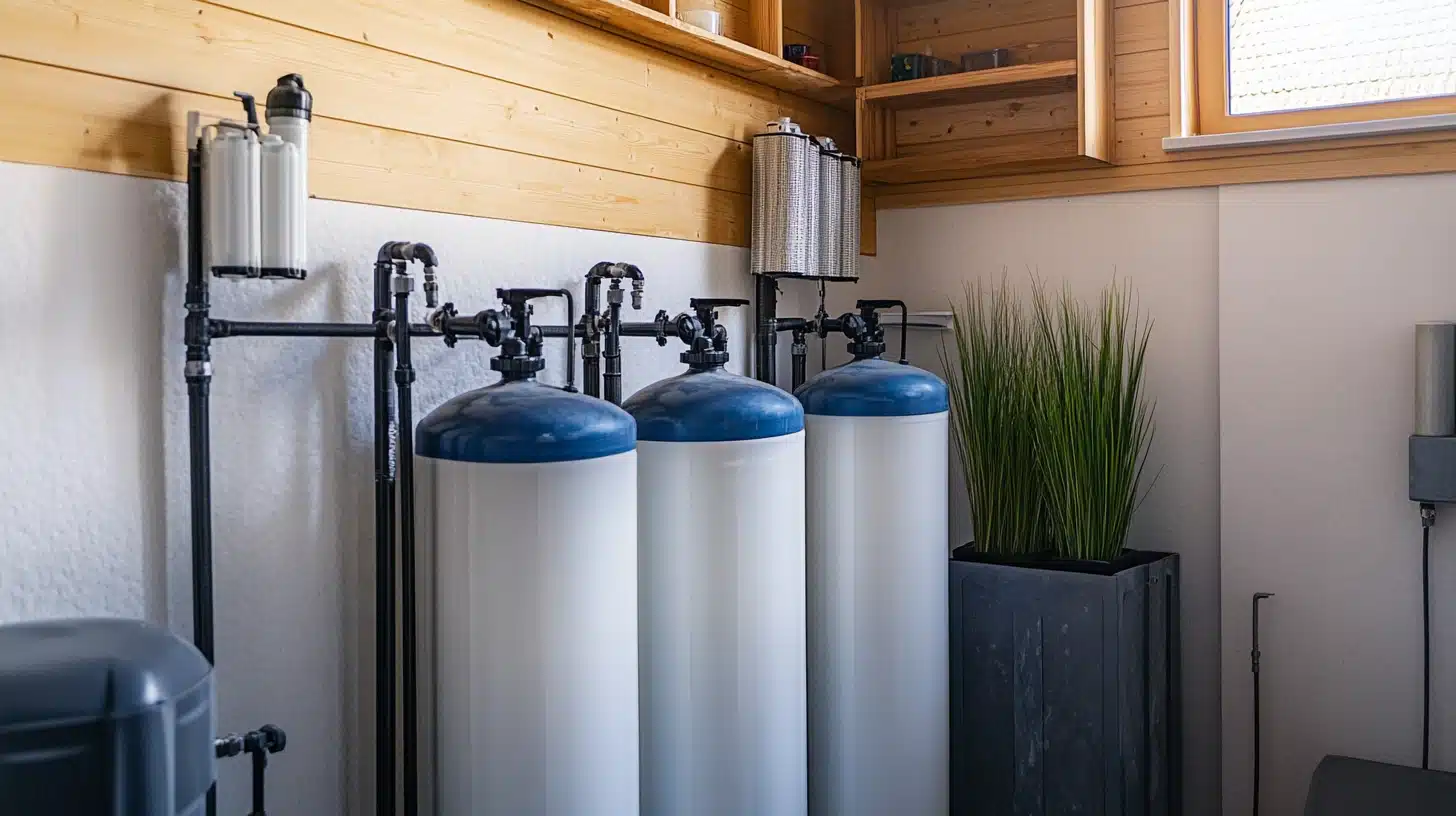7 Tips for Wall Mounting a TV
Wall mounting a TV can transform your living space, creating a modern and sleek look while saving valuable floor space. However, it’s not just a matter of hammering in a few nails and hoisting up your screen. There are crucial steps and considerations to ensure a safe and aesthetically pleasing setup. Here are seven essential tips for wall mounting a TV that will guide you through the process.
1. Choosing the Right Spot
When it comes to choosing the right spot for wall mounting a TV, there are several key factors to consider. Firstly, the location of the flat-screen TV in relation to available wall space is paramount. This decision should be influenced by the types of wall mounts available and which will provide the most ideal viewing angle.
Whether or not the wall-mounted TV needs to be able to move, and how to implement a cord management system, are also important considerations.
Different wall materials may require specific mounting strategies; for instance, plaster or masonry walls like brick or cement might need extra hardware for a secure installation. The VESA pattern standardization for TV mounts ensures compatibility between the mount and the TV, but it’s crucial to double-check the specifications of the wall mount to ensure it can handle the size and weight of your TV.
In terms of the best viewing angle and height, it’s recommended to mount the TV in a spot that offers a clear line of sight from all angles and is at a comfortable viewing height. The use of a cardboard cutout of your TV can be a handy trick to visualize the best spot in the room.
It’s essential to gather the right tools for the job, including a drill, stud finder, level, measuring tape, the appropriate mounting bracket, screws, and wall anchors.
Locating the wall studs is crucial for a secure mount, as relying on drywall alone can be risky. The ideal viewing angle typically means sitting directly in front of the TV, with adjustments made based on the room’s layout and the TV’s size.
The height should be such that the TV is at eye level when seated, to avoid strain on your neck and eyes. The distance between the TV and the seating area is also important, with the ideal viewing distance varying based on the size of the TV.
2. Selecting the Appropriate Mount
Selecting the appropriate mount for wall mounting a TV is a crucial step in ensuring a safe and enjoyable viewing experience. The first thing to consider is the size of your TV and its VESA mounting pattern, which is a standard used by most mounts and TVs for compatibility.
This will guide you in choosing the right size mount, whether small, medium, or large. Additionally, you need to consider the type of wall you will mount the TV on, as different materials like drywall, concrete, or brick may require specific mounting strategies. The nature of your wall material can dictate whether you need additional hardware to ensure a secure installation.
There are three basic types of TV wall mounts: fixed, tilting, and full-motion. Fixed mounts are simple, holding the TV in a stable position without movement, and are best for settings where the TV can be at an optimal viewing angle and height. Tilting mounts allow the TV to be tilted downward, which is ideal for higher wall placements, like above a fireplace.
This type of mount provides a more comfortable viewing angle and reduces glare. Full-motion mounts offer the greatest flexibility, allowing the TV to be swiveled, tilted, and extended in various directions. This is particularly useful in larger rooms or spaces where viewing angles might vary.
3. Finding the Studs
Finding the studs in your wall is a critical step when planning to mount your TV, as these provide the necessary support for the weight of the TV and its mount. There are several effective methods to locate studs:
- Using a Stud Finder: This is one of the most reliable methods to find studs. There are two types of stud finders: magnetic and electronic. Magnetic stud finders detect the nails or screws in the studs and are more budget-friendly but less accurate than electronic ones. Electronic stud finders work by detecting changes in wall density and are more precise but might not work effectively if the wall is thicker than 1.5 inches.
- Using Sound: This traditional method involves tapping on the wall and listening for changes in sound. A solid sound typically indicates the presence of a stud, while a hollow sound suggests an absence of a stud. Starting about 16 inches from a corner can be an effective strategy since studs are often spaced 16 inches apart.
- Other Simple Methods: Observing the trims at the top and bottom of walls for fasteners or imperfections can hint at the presence of studs. Electrical switches are often mounted on studs, so removing the switch plate and using the sound method near the box can be effective. Also, shining a light along the wall to look for bumps or imperfections can sometimes reveal where the studs are located.
4. Planning for Cables and Wires
When it comes to planning for cables and wires in wall mounting a TV, there are several effective solutions to manage and conceal them for a clean and organized setup. One of the simplest ways to hide cables inside the wall is by using an in-wall power extension (IWPE) or a power relocation kit.
These kits include all the necessary components to run power up to your TV while concealing signal wires like HDMI. It’s important to note that dropping a regular power cord or extension cord inside the wall is against the National Electric Code, so an IWPE is a safe and legal alternative. Additionally, make sure your low-voltage cables are rated for in-wall use, especially if they’re HDMI cables.
For managing cables externally, raceways are a popular option. These are essentially cord concealers that can be painted to match your wall color, making them blend in seamlessly. Raceways have the advantage of being adjustable; you can add or remove cables as needed. For instance, if you need longer cables due to the extra distance covered by the raceway, they can easily be replaced or extended.
Another similar option is baseboard raceways, which sit just above your baseboard and can be painted or chosen to match your baseboard color, blending in with the room’s aesthetics. For TVs positioned in the middle of the room, fabric cable management sleeves can be a visually pleasing solution to organize and protect cables from pets and children.
5. Using the Right Tools
Mounting a TV on the wall is a task that requires specific tools and careful planning to ensure a secure and aesthetically pleasing setup. The essential tools you will need for this process, particularly for mounting on standard drywall, include:
- Stud Finder: This tool is crucial for locating the wood studs in your wall, which provide the necessary support for securely mounting your TV.
- Power Drill and Bits: A variable speed drill is recommended to avoid stripping the screws during installation.
- Level (3-foot or 5-foot): Ensuring that your TV is perfectly level both horizontally and vertically is key to a professional-looking installation.
- Socket Wrench and Various Sockets: These are needed for connecting the mount to the TV with bolts.
- Screwdrivers (Standard and Phillips head)
- Tape Measure
- Safety Goggles: Always important for protecting your eyes, especially when working with power tools.
6. Securing the Mount and TV
Securing the mount and TV when wall mounting is a process that demands precision and adherence to safety guidelines to prevent any accidents or damage. The initial step involves locating and marking the wall studs, which is crucial for drywall installations.
The center of the wood studs is the safest point for drilling, ensuring the wall can support the weight of the TV and mounting bracket.
Electronic stud finders are the most reliable tools for this task. When you’ve identified the stud locations, use a pencil to mark the center of each stud. If you’re mounting on a concrete or brick wall, this step isn’t necessary.
After marking the studs, you’ll need to position the wall mount plate against the wall, using it as a template to mark the fixing holes accurately. It’s advisable to use a level to ensure the wall bracket is straight before marking the positions for drilling.
Before actually drilling, double-check that the marked positions align correctly with the desired height of the TV. It’s important to measure the distance from the top and bottom edges of the TV to the wall plate holes and mark these on the wall for a visual reference.
7. Final Adjustments and Safety Check
After mounting your TV on the wall, performing final adjustments and a safety check is crucial to ensure a stable and secure installation. This involves several key steps:
- Ensuring Stability and Levelness: Once the TV is mounted, it’s important to check its stability. Gently nudge the TV to see if there’s any wobble or shift. If the TV feels secure and doesn’t move, it indicates a stable installation. Additionally, use a level to confirm that the TV is properly aligned horizontally and vertically. An unevenly mounted TV can be both an eyesore and a safety risk.
- Cable Management: After ensuring the TV is securely mounted and level, the next step is to manage the cables. Untidy cables can detract from the aesthetic appeal of your setup and pose a safety hazard. You can route cables through the wall for a clean look, or use cable covers that match your wall color. It’s essential to make sure that all cables and wires are neatly organized and out of the way to prevent tripping hazards or accidental unplugging.
Conclusion
Wall-mounted TVs not only enhance your viewing pleasure but also contribute to efficient space management in your home. To achieve this, careful planning and precise execution are paramount. Adhering to these seven critical tips will help ensure that your setup is not only visually appealing but also robust and safe.
Opting for a professional tv mounting service can be a wise decision to guarantee the effectiveness and security of the installation. The real success of mounting your TV lies in the security and stability of the setup, as much as in its aesthetic appeal. So, embark on your TV mounting journey with confidence and safety in mind. Happy mounting!







